Tomb Raider
Alone in the dark.
After six years of conjuring elaborate puzzles, death traps and dungeons, and four years of drowning, maiming and fracturing every bone in the body of one of video game's enduring icons, Crystal Dynamics is, at long last, about to make its very first Tomb Raider game.
That isn't to say this is the first TR title the studio has worked on, of course. Legend and Anniversary both proved it was adept in the handling of a formula created by Core Design in 1995.
By the time of 2008's Underworld, Crystal Dynamics had that formula perfected. Underworld ticked with the rhythm of one of its own labyrinthine puzzles, taking everything that made the Tomb Raider games tick and pushing the series to a natural conclusion. Those tombs had never been so lush, those puzzles so epic and that sense of exploration so thrilling.
And then, with the isometric co-operative adventure Guardian of Light, the studio proved it knew the formula so well it could flip the perspective, add another player and still create an experience dripping with essence of Tomb Raider.
But now, having taken that formula borrowed from Core Design and extracted it, transmuted it and explored it in every conceivable way, it's time to start again. It's time for Crystal Dynamics to make a Tomb Raider game that is, from the ground up, its very own.
"When we finished Underworld there was a very conscious decision that we'd never really told the tale of Lara and how she got to this situation," says Karl Stewart, who's been the brand director of Tomb Raider throughout Crystal Dynamics' tenure.
"We stepped aside and looked at what that meant – and we realised that Lara had become a caricature of herself."
It's a caricature which has endured, though, and one that's survived not only the attention of Hollywood and a dead-eyed Angelina Jolie but also one complete car crash of a game.
In all that time it hasn't moved far away from its nineties' source; Lara is still a impossibly pneumatic cipher with an improbable waistline, and the Lara of Underworld and Guardian of Light was very much the same as the one that helped define a whole generation of games.
To tear that apart, and to potentially throw away all that makes Lara so popular, is incredibly risky business. Crystal Dynamics is aware of the line it has to walk.
"What we said from day one is that Lara Croft, she's an icon," explains Stewart. "We just need to make sure that we treat that with respect and don't forget who we are – we don't want people to play the game and say that's not a Tomb Raider or a Lara Croft experience."
Nolan's Batman Begins is a recurring influence, and Tomb Raider's aims are much the same; it's about the deconstruction of an icon, about breaking it down and rebuilding it in a novel and at times surprising way. The game will present an approximation of the Lara that we know. The fun part will be seeing how Crystal Dynamics constructs her in its own way.
At the hear of the new game is a younger Lara, straight from college and untouched by adventure as she sets out on the Endurance, a ship captained by family friend Roth. A dramatic and violent storm that hits just off the Japanese coast tears it apart. A frail, distraught and solitary Lara is left drifting in and out of consciousness upon the shores of a rain-lashed island.
The story is told in tightly directed cut-scenes (for the first time, Crystal Dynamics has employed a cinematographer). There's the slightest hint of the digital aesthetic that defined Kane & Lynch: Dog Days in the time-code that runs through loading screens, and in the hurried and intense camera work.


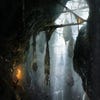

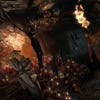
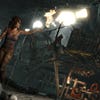
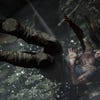
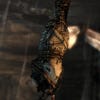



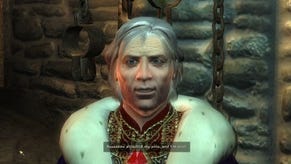
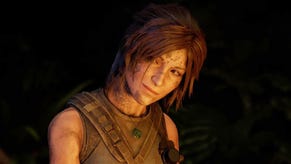

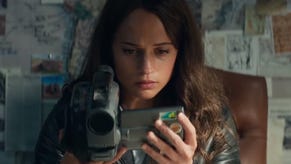





.png?width=291&height=164&fit=crop&quality=80&format=jpg&auto=webp)



